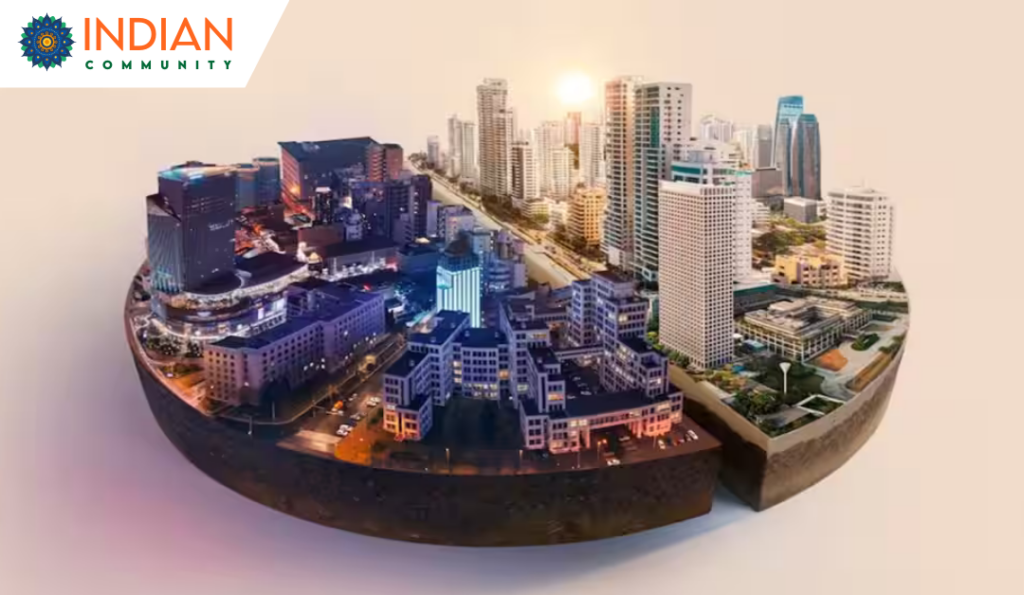In a surprising turn of events, Tier-2 cities or non-metros are now giving major metro cities a run for their money in terms of infrastructure development. This trend is not only attracting the attention of NRIs but also enticing resident Indians to invest in these burgeoning urban centers.
The appeal of these emerging cities lies in their improved standard of living, robust educational and healthcare facilities, competitive cost of living, and promising economic growth prospects. Experts suggest that these factors give Tier-2 cities an edge over their metro counterparts.
Industrial diversification plays a pivotal role in driving demand for various real estate developments in these cities. From industrial spaces to office buildings, residential units, and commercial complexes, the demand is diverse and growing, according to industry insiders.
This diversity allows real estate developers to tailor their projects to meet the specific needs of different sectors, whether it’s manufacturing facilities, warehouses, IT parks, or housing complexes. As these industries continue to flourish, the potential for lucrative returns on real estate investments in Tier-2 cities becomes increasingly evident.
Mananki Parulekar, Co-Founder of Claravest Technologies, outlined three key reasons to Financial Express on why NRIs and Indian residents are increasingly eyeing real estate investments in Tier-2 cities:
1. Property Appreciation Potential: Optimism prevails among investors regarding the appreciation of property values in Tier-2 cities, thanks to ongoing and planned infrastructure developments. These improvements not only enhance accessibility but also make these cities more appealing as populations seek space and affordability beyond metro boundaries.
2. Rental Returns: Rental markets in Tier-1 cities and their adjacent micro-markets are witnessing robust growth, driving up residential rents significantly. This surge in rents is prompting many to consider Tier-2 cities, where the cost of living is generally lower.
3. Plotted Development Investments: There’s a growing interest in investing in plotted land developments, where clear land records and no immediate construction requirements attract investors. Many prefer to hold onto these plots, anticipating higher future returns.
Parulekar also shed light on sectors experiencing substantial demand growth in these non-metro regions, offering abundant opportunities for real estate investors and developers. Kochi, Lucknow, Nagpur, and Surat are among the top Tier-2 cities witnessing growth across diverse industries.
Kochi is witnessing expansions in information technology, industrial machinery, seafood production, packaging, and shipbuilding. Lucknow is thriving in information technology, textiles, and handicrafts. Nagpur is experiencing growth in information technology, fruit processing, synthetic fiber manufacturing, metal casting, and logistics. Surat is known for its diamond cutting, polishing, and information technology, while Oragadam is an automobile industry hub.
When asked about the specific types of properties or development projects attracting investor interest outside of metro cities, Parulekar emphasized the importance of thorough due diligence to mitigate risks associated with real estate investments. This includes scrutinizing title reports, encumbrance reports, and other legal documents. Additionally, investors should research the growth trajectory of the cities they plan to invest in, relying on reports from reputable real estate analysts like JLL, Anarock, and Knight Frank.

